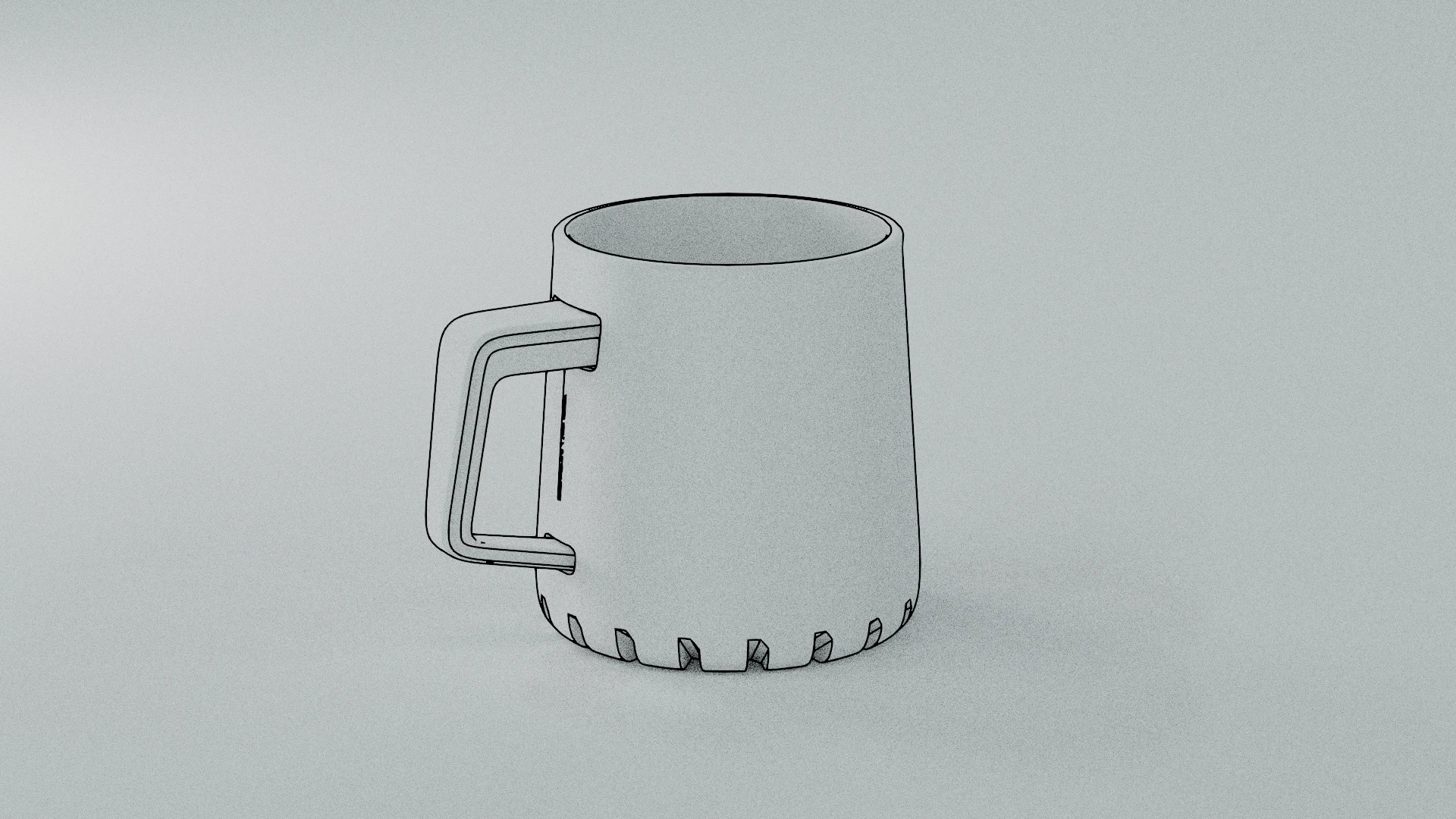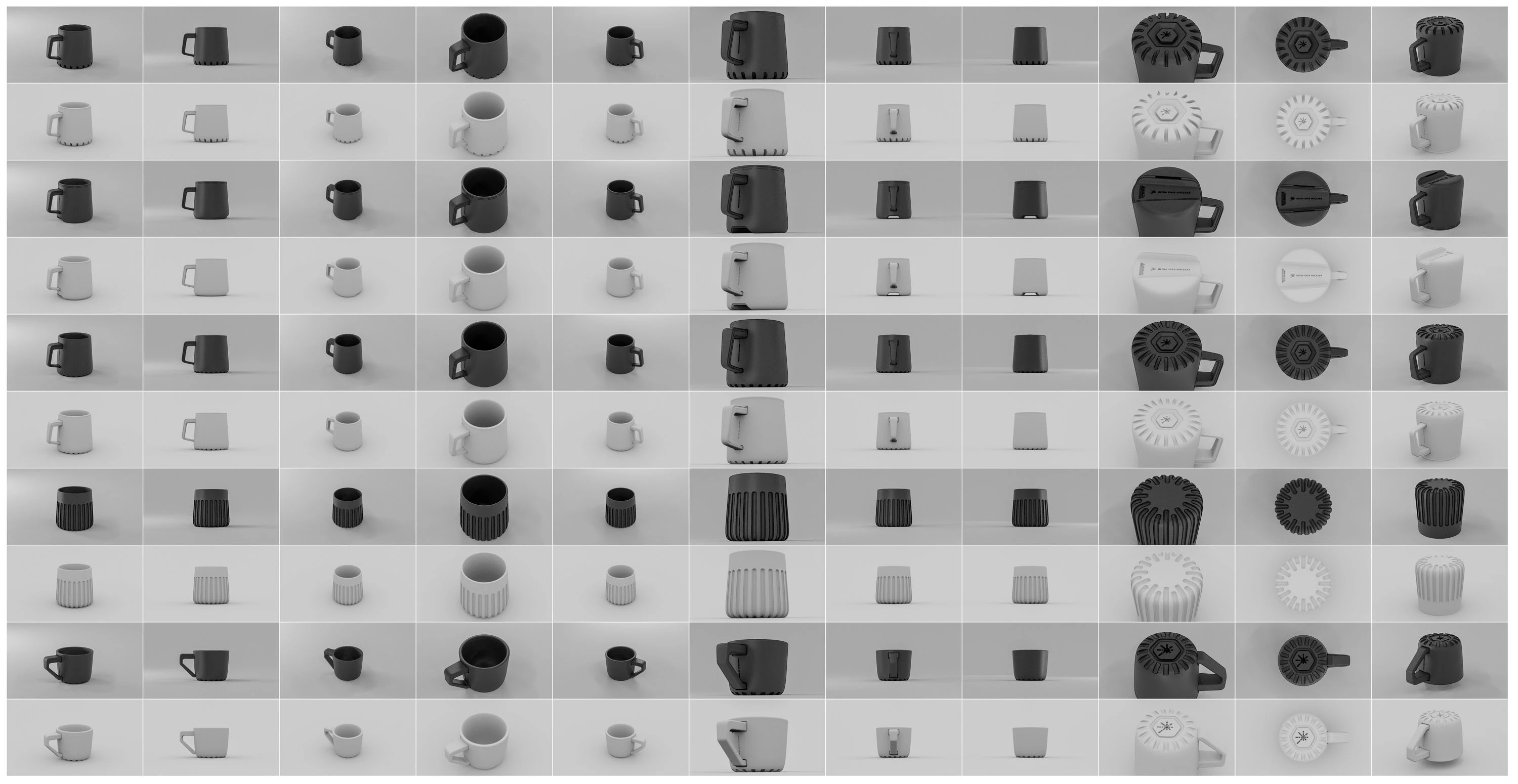
SiC Mug
A design for a SiC mug utilizing advanced additive manufacturing techniques.
Motivation
Create the first SiC mug – a useful and rare artifact using additive process now available from 3dcarbide.com. There is one issue in that SiC is a bit more thermally conductive than most ceramics, so it may not be the best choice for a hot beverage.
Description
A space-age material formed into a simple mug. The mug is manufactured using the same techniques used for USNC's Fully Ceramic Micro-encapsulated Fuel (FCM Fuel). Given Silicon Carbide’s resilience to temperature, radiation, water and air, its extreme hardness and strength – this may be the most durable ceramic mug created by by our species to date. Designed and manufactured by Ultra Safe Nuclear in the USA. Could outlast life on earth. Can also be used as tiny melting pot.
Note: Silicon Carbide is a uniquely high performance ceramic, but is still relatively brittle compared to metals and other household materials. The mug is expected to be hardier than normal mugs but can fracture if dropped.
Design Notes
In general, the design is achieved by sequenced considerations: resilience and durability, comfort, stability, look.
Machining extrusions and cuts
- Taking advantage of the idea of a ceramic that looks machined (impossible)
- Fillets, chamfers etc to create multiple reflection/outline planes to take advantage of the iridescent, highly unusual, SiC texture and light scattering characteristics. Inspired from classical architecture liners and furniture.
Additive elements
- Thick ceramics. Ordinary mugs and fired ceramics are limited by temperature fracture mechanisms to relatively thin walls. This is the reason the outside shape of a mug often resembles the inside shape, unless it is double walled or poorly designed. This is not a limitation here, allowing for differently shaped cavity and shell and unusually heavy mugs.
- Topology optimization or mass reduction using scaffolding and organic internal shapes
- Non-machinable fillets and chamfers can give an otherworldly feeling.
- Asymmetries as these are not easily achieved in turned ceramics.
- Undercuts and other features that are not possible with molding
- Using Boolean ops to create compound objects
Curves
- Careful use of continuous slope curves
Embossed Text
- Logo, Made in USA, Mug v1, SN 001
Espresso Cup


Mug


VARIANT-1




OTHER VARIANTS



Contact Sheet

Final comments
Strangely cold designs that seem alien. Probably prefer a hand-made mug for everyday use.
Email if interested in ordering a mug – lorenzo.venneri@gmail.com.